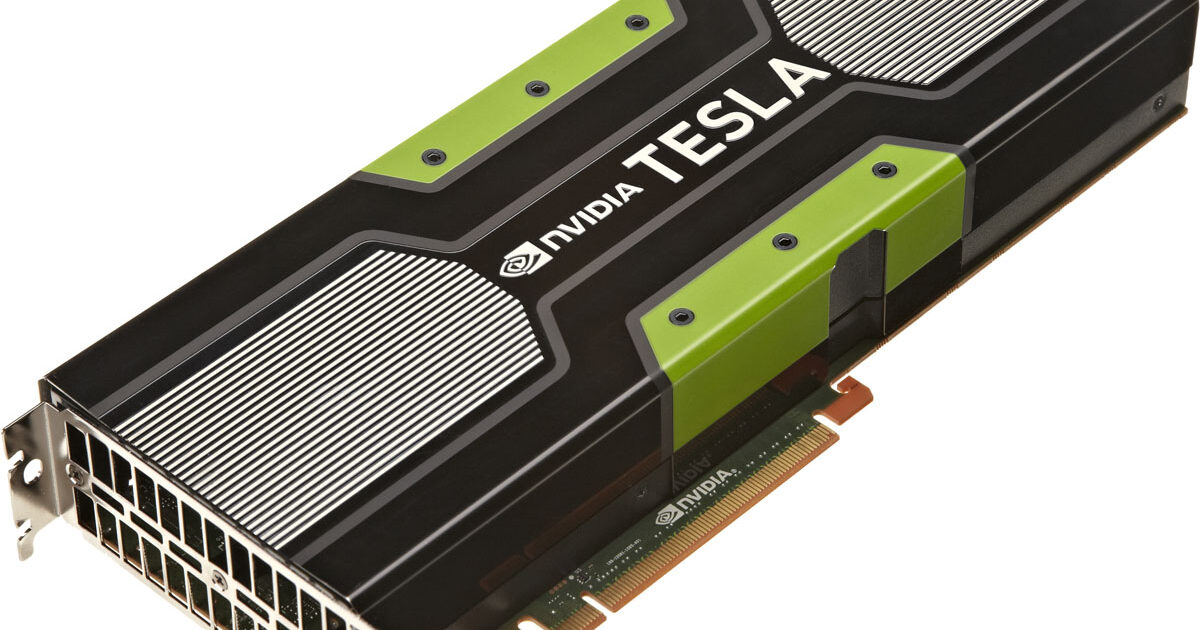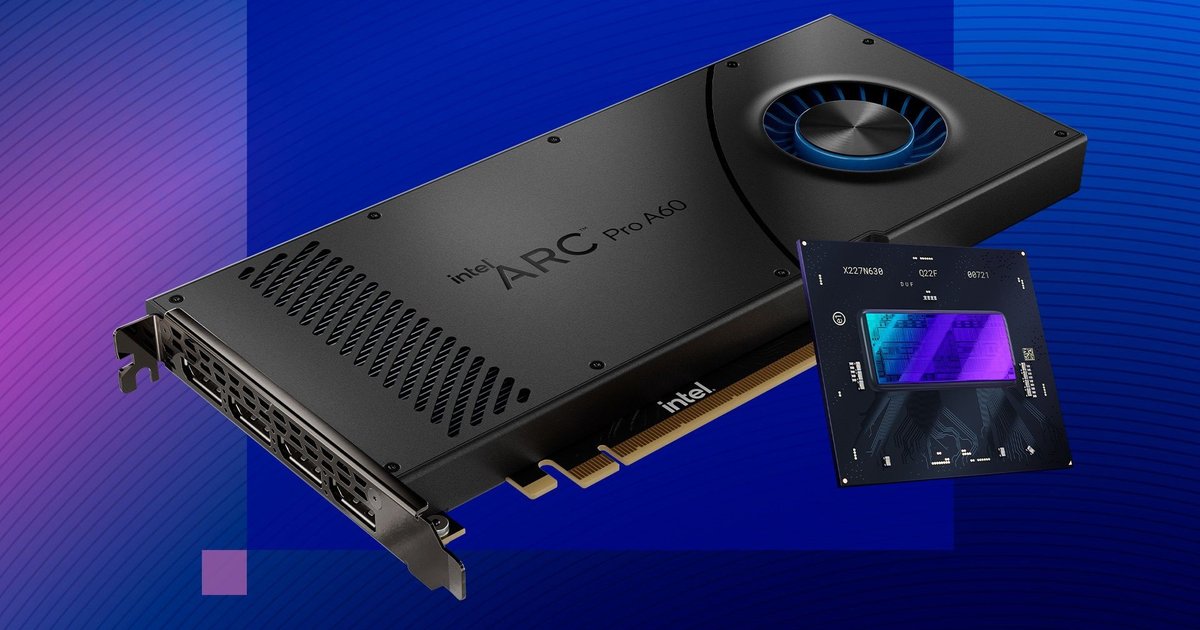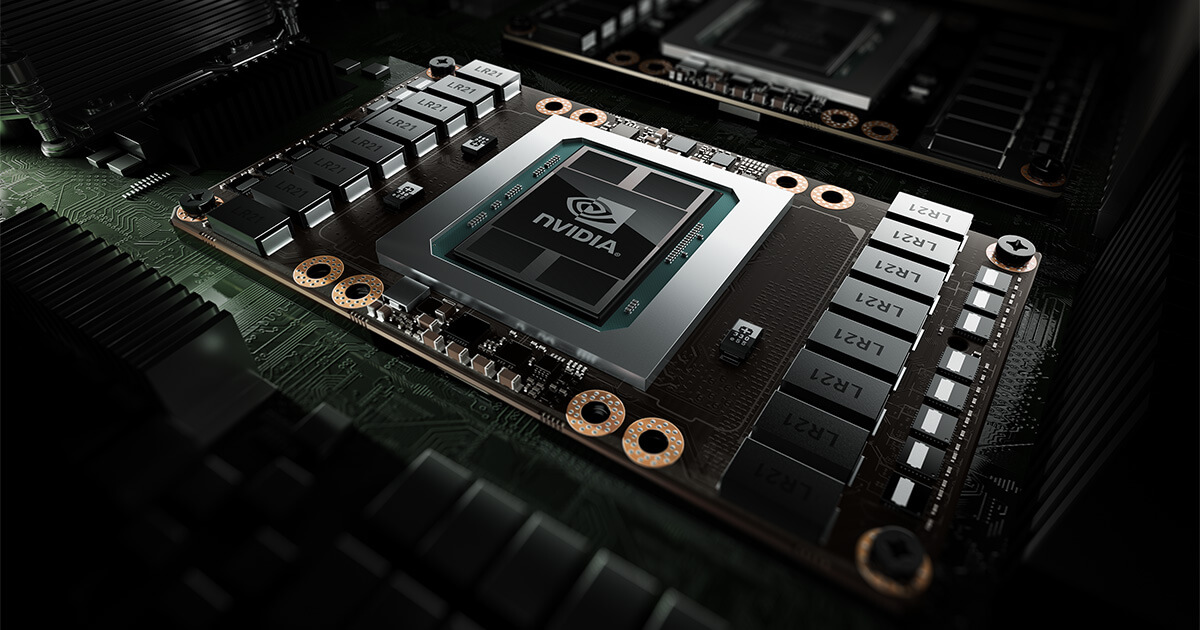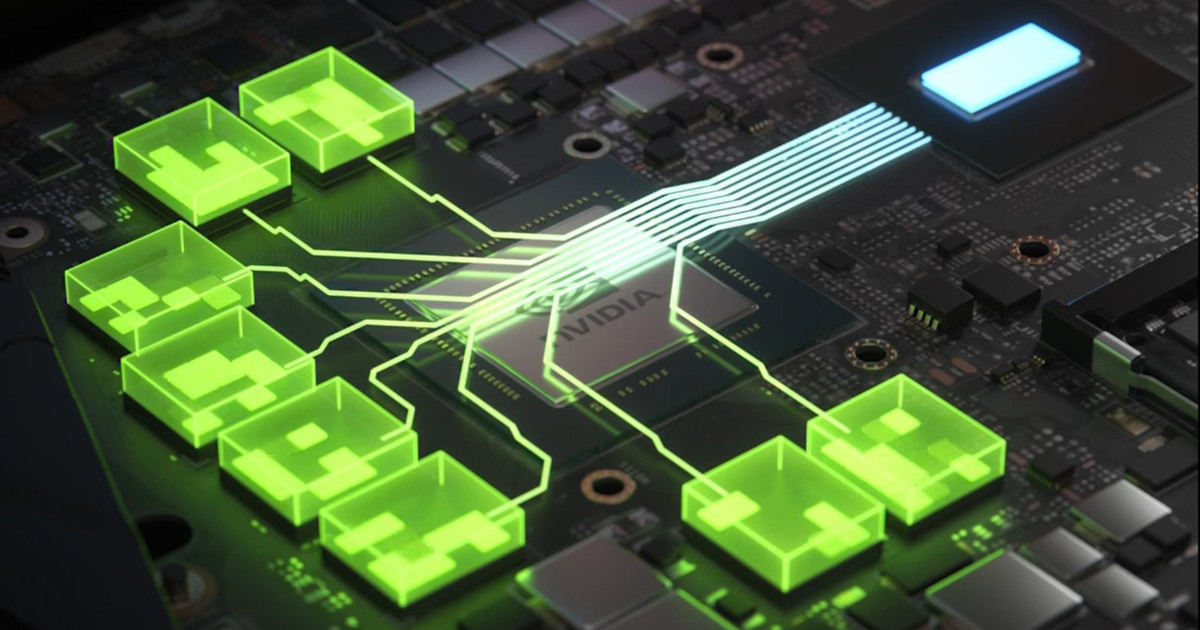The Evolution of Graphics Processing Units (GPUs): From Pixels to Ray Tracing
In the pulsating heart of modern computing, Graphics Processing Units (GPUs) stand as unsung heroes, transforming the mundane into the visually spectacular. This journey of evolution has been anything but linear, weaving through technological breakthroughs and paradigm shifts. Let’s embark on a captivating exploration of the profound metamorphosis that GPUs have undergone over the years.
Brief Overview of GPU Evolution
GPUs have traversed a riveting path, evolving from rudimentary pixel manipulators to computational powerhouses. Their significance has grown exponentially, becoming indispensable components in contemporary computing landscapes. As we delve into the annals of GPU history, we uncover the pivotal role they play in shaping our digital experiences.
Importance of GPUs in Modern Computing
Before we plunge into the intricate details of GPU evolution, it’s essential to grasp their pivotal role in modern computing. Beyond mere graphic rendering, GPUs have transcended into the realm of general-purpose computing, impacting scientific simulations, artificial intelligence, and more. Their parallel processing prowess has become the backbone of computational efficiency, revolutionizing diverse fields.
Early Days of GPUs

Genesis of Graphics Processing Units
The annals of technological evolution unveil a captivating tale of the genesis of Graphics Processing Units (GPUs). Rewind to an era where the digital landscape was in its infancy, and the need for a specialized unit to alleviate the burden on central processors became increasingly apparent. Born out of this necessity, GPUs emerged as unsung heroes, tasked with the intricate role of rendering graphics. Little did the tech community foresee the meteoric rise that awaited these unassuming graphic workhorses.
VGA Era: Birth of Pixel-Based Graphics
A seismic shift occurred during the VGA era, marking a pivotal moment in the history of GPUs. This era ushered in the birth of pixel-based graphics, introducing a level of vibrancy to digital displays that was previously unimaginable. It was within this epoch that GPUs began to solidify their position as architects of visual landscapes, transcending the limitations of their predecessors. The pixel, once a humble dot in the digital realm, metamorphosed into the cornerstone of digital artistry.
This transformative period not only laid the groundwork for GPU evolution but also set the stage for the intricate dance between technology and imagination that continues to shape our digital experiences today. As we traverse through the early days of GPUs, we witness the birth of a technological phenomenon that would become synonymous with innovation and visual excellence. Stay tuned for more insights into the captivating journey of GPUs, as we unravel the layers of their evolution and unveil the technological marvels that have propelled them to the forefront of modern computing.
Transition to 3D Graphics

Rise of 3D Graphics Acceleration
The 3D graphics revolution marked a seismic shift, catapulting GPUs into the forefront of technological innovation. Rendering three-dimensional worlds in real-time was an audacious goal, and GPUs rose to the challenge, paving the way for immersive digital environments that captivated users across the globe.
Introduction of 3D Rendering Techniques
The artistry of 3D rendering became a canvas for innovation. Techniques like texture mapping and shading breathed life into digital landscapes, transcending the flatness of earlier graphics. As GPUs embraced their role as accelerators of realism, the digital world evolved, inching closer to mirroring the complexity of reality.
The Graphics Pipeline
Understanding the Graphics Rendering Pipeline
At the core of GPU wizardry lies the graphics rendering pipeline. This intricate dance involves transforming raw data into mesmerizing visuals. From geometry processing to pixel shading, each stage in the pipeline contributes to the final symphony of pixels that grace our screens.
Vertex Shading and Pixel Shading
Vertex and pixel shading emerged as luminary figures in the graphics pipeline, reshaping how we perceive digital images. Vertex shading laid the groundwork for manipulating geometry, while pixel shading added nuance and detail to every pixel. This dual choreography became the backbone of visual storytelling in the digital realm.
Shader Revolution
Emergence of Programmable Shaders
A watershed moment in GPU evolution was the advent of programmable shaders, allowing developers to inject creativity directly into the GPU’s rendering process. This shift from fixed-function to programmable pipelines opened new avenues for visual expression, unleashing a wave of innovation in graphic design and computer-generated imagery.
Vertex and Fragment Shaders: A Paradigm Shift
Vertex and fragment shaders became the virtuosos of GPU programming, offering unprecedented control over the rendering process. This paradigm shift empowered developers to sculpt digital worlds with a level of detail and realism that was previously unimaginable. The once-static world of graphics was now dynamic, responding to the whims of creative minds.
High-Performance Computing

GPUs Beyond Graphics: General-Purpose Computing
As GPUs transcended their graphic origins, a new era dawned – the era of general-purpose computing on GPUs (GPGPU). Their parallel processing prowess found applications beyond visuals, accelerating scientific simulations, financial modeling, and cryptographic computations. GPUs evolved into versatile workhorses, solving complex problems with unparalleled speed.
GPGPU: Harnessing GPU Power for Scientific and Computational Tasks
The GPGPU revolution unfolded as scientists and researchers harnessed GPU power for computational tasks. The ability to parallelize calculations transformed GPU clusters into computational juggernauts, tackling problems that were once deemed insurmountable. The fusion of graphics and computation heralded a new age of computational efficiency.
The CUDA Era
NVIDIA’s CUDA Technology: Unleashing GPU Computing
NVIDIA’s CUDA technology emerged as a trailblazer, providing developers with a powerful toolkit to harness GPU potential. This marked a democratization of GPU computing, enabling a broader spectrum of applications to leverage the parallel prowess of GPUs. The CUDA era ushered in an era where GPUs were not just tools for artists and gamers but indispensable engines for scientific discovery.
Impact on Parallel Computing Landscape
The impact of CUDA resonated beyond graphics, permeating the landscape of parallel computing. GPU-accelerated applications became the norm, revolutionizing industries like finance, healthcare, and research. The parallel revolution sparked by CUDA laid the foundation for unprecedented advancements in diverse fields.
The Birth of Ray Tracing

Ray Tracing vs. Rasterization: A Fundamental Shift
The inception of ray tracing marked a fundamental shift in how we perceive digital graphics. Moving beyond the traditional rasterization approach, ray tracing aimed to simulate the physics of light, promising unparalleled realism. This paradigm shift heralded a new era where the interplay of light and shadows became as crucial as the arrangement of pixels.
Real-Time Ray Tracing: Breaking the Barrier
Real-time ray tracing shattered barriers, enabling instantaneous rendering of lifelike scenes. The computational demands were immense, and GPUs rose to the challenge, leveraging their parallel architecture to trace rays in real-time. This breakthrough not only elevated gaming visuals but found applications in fields like architectural visualization and film production.
Deep Dive into Ray Tracing
Ray Tracing Algorithms: A Closer Look
The elegance of ray tracing lies in its algorithms, simulating the intricate dance of photons in a virtual environment. From path tracing to photon mapping, these algorithms became the building blocks of visual realism. Each ray, a virtual emissary, navigated the digital landscape, leaving in its wake a tapestry of light and shadow.
Hardware Acceleration for Ray Tracing
The computational intensity of ray tracing demanded specialized hardware acceleration. Dedicated ray tracing cores emerged, complementing traditional shader units. This hardware synergy optimized the rendering process, making ray tracing more accessible and efficient for a broader spectrum of applications.
AI Integration
AI and Machine Learning in GPUs
The marriage of GPUs with artificial intelligence marked a symbiotic alliance. GPUs, with their parallel architecture, proved to be ideal for training and deploying machine learning models. This integration unlocked unprecedented possibilities, from real-time image recognition to natural language processing, propelling AI into the realms of practical application.
Tensor Cores: Paving the Way for AI in Graphics
Tensor cores, a testament to the adaptability of GPUs, became the catalyst for AI integration in graphics. These specialized processing units accelerated matrix operations, a cornerstone in many AI algorithms. The marriage of tensor cores and traditional shaders forged a potent alliance, seamlessly blending AI capabilities with the visual finesse of GPUs.
Gaming Revolution

GPUs and the Gaming Industry: A Symbiotic Relationship
The nexus between GPUs and the gaming industry birthed a revolution. As GPUs evolved, so did the gaming experience. From pixelated sprites to photorealistic landscapes, the journey was a testament to the relentless pursuit of visual excellence. GPUs became the beating heart of gaming rigs, turning virtual worlds into realms of breathtaking realism.
Realistic Graphics and Immersive Experiences
The evolution of GPUs transformed gaming into an art form. Realistic graphics and immersive experiences became the benchmarks of success. Ray tracing, AI-driven enhancements, and high-refresh-rate displays converged to create a sensory symphony, blurring the lines between the digital and the tangible.
Challenges and Innovations
Overcoming GPU Challenges: Heat, Power, and Size
The relentless pursuit of performance posed challenges – heat, power consumption, and size constraints. Innovations in cooling technologies became the unsung heroes, ensuring that GPUs could deliver their computational prowess without melting into oblivion. Liquid cooling, advanced heat sinks, and efficient power management became the linchpins of sustained performance.
Innovations in Cooling Technologies
The evolution of GPUs witnessed a parallel evolution in cooling technologies. From traditional fans to liquid cooling solutions, the quest for thermal efficiency became a defining aspect. Heat dissipation, once a bottleneck, became a realm of innovation, allowing GPUs to push boundaries without succumbing to the scorching demands of high-performance computing.
The Future of GPUs

Quantum Computing and GPUs
As we peer into the future, the synergy between GPUs and quantum computing beckons. Quantum GPUs, harnessing the principles of quantum mechanics, promise a quantum leap in computational power. The intersection of these two realms opens doors to unprecedented possibilities, where complex simulations and optimizations become playgrounds for quantum-accelerated GPUs.
Metaverse and the Role of GPUs
The emergence of the metaverse casts GPUs in a new light – as architects of virtual realities. The metaverse, a convergence of virtual and physical existence, relies on GPUs to weave seamless digital realms. From lifelike avatars to dynamic environments, GPUs are poised to become the cornerstone of metaverse construction, blurring the boundaries between the real and the simulated.
Conclusion
As we recap the evolutionary odyssey of GPUs, from humble pixel manipulators to versatile juggernauts, one cannot help but marvel at the symbiotic dance between technology and imagination. Anticipating the next wave of advancements, GPUs stand poised at the forefront, ready to sculpt the digital landscapes of tomorrow. The evolution continues, an ever-unfolding saga of pixels, rays, and the limitless horizons of possibility.
Frequently Asked Questions (FAQs) About the Evolution of Graphics Processing Units (GPUs)
What is the role of GPUs in modern computing?
GPUs, or Graphics Processing Units, play a multifaceted role in modern computing. Initially designed for rendering graphics, they have evolved into powerful processors capable of handling parallel computations. GPUs are instrumental in diverse applications such as gaming, artificial intelligence, scientific simulations, and more.
How have GPUs evolved over the years?
The evolution of GPUs is marked by several milestones. They started as pixel-based graphic processors in the VGA era, transitioned into 3D graphics accelerators, introduced programmable shaders, ventured into general-purpose computing (GPGPU), embraced CUDA technology, and recently, have been at the forefront of real-time ray tracing and AI integration.
What is the significance of programmable shaders in GPU evolution?
Programmable shaders represent a paradigm shift in GPU evolution. They allow developers to customize the rendering process, giving rise to dynamic and visually stunning graphics. Vertex and fragment shaders, as pioneers in programmable shaders, empower developers to exert detailed control over the visual output, leading to enhanced realism in digital environments.
How did GPUs transition from graphics to general-purpose computing?
The transition from graphics-centric to general-purpose computing occurred with the advent of GPGPU (General-Purpose computing on Graphics Processing Units). GPUs, originally designed for rendering graphics, were repurposed to handle parallel computing tasks efficiently. This evolution expanded their applications beyond visuals to scientific simulations, financial modeling, and other computational tasks.
What is the significance of NVIDIA’s CUDA technology?
NVIDIA’s CUDA (Compute Unified Device Architecture) technology played a pivotal role in unleashing the computational potential of GPUs. It provided a programming model and parallel computing framework, allowing developers to harness the power of GPUs for diverse applications. CUDA democratized GPU computing, making it accessible to a broader range of developers and industries.
How does real-time ray tracing differ from traditional rasterization?
Real-time ray tracing represents a fundamental shift from traditional rasterization. While rasterization projects 3D objects onto a 2D plane, ray tracing simulates the behavior of light, producing more realistic and dynamic lighting effects. Real-time ray tracing, made possible by advancements in GPU technology, enables instantaneous rendering of lifelike scenes with accurate reflections, shadows, and global illumination.
What role do AI and machine learning play in GPUs?
AI and machine learning have become integral to GPUs. Their parallel architecture makes GPUs well-suited for training and deploying machine learning models. Tensor cores, specialized processing units in GPUs, play a key role in accelerating matrix operations essential for many AI algorithms. This integration has propelled AI applications in graphics, gaming, and various other domains.
How have GPUs revolutionized the gaming industry?
GPUs and the gaming industry share a symbiotic relationship. As GPUs evolved, gaming experiences transformed from pixelated graphics to photorealistic landscapes. The introduction of technologies like real-time ray tracing and AI-driven enhancements has elevated gaming visuals, providing gamers with immersive and realistic experiences. GPUs have become essential components in gaming rigs, driving the evolution of virtual worlds.
What challenges have GPUs faced, and how have they been addressed?
GPUs faced challenges such as heat generation, power consumption, and size constraints due to the relentless pursuit of performance. Innovations in cooling technologies, including liquid cooling and advanced heat sinks, have addressed these challenges. Efficient power management strategies have also been implemented to ensure sustained performance without compromising reliability.
What does the future hold for GPUs?
The future of GPUs is exciting, with potential advancements in quantum computing and their pivotal role in building the metaverse. Quantum GPUs, leveraging principles of quantum mechanics, promise unprecedented computational power. Additionally, GPUs are poised to be key architects of the metaverse, blurring the lines between the physical and virtual realms. The journey of GPU evolution continues, promising further innovation and limitless possibilities.
Stay Tuned On Our Content
Dear readers, as you embark on this enlightening journey through the evolution of Graphics Processing Units (GPUs), we encourage you to delve even deeper into the fascinating world of technology. If you’re eager to roll up your sleeves and explore the intricacies of building your gaming sanctuary, we recommend checking out our comprehensive guide for beginners: Building a Gaming PC: A Comprehensive Guide for Beginners. Whether you’re a seasoned gamer or just starting, this guide will provide invaluable insights into crafting a gaming rig that suits your preferences and needs.
In addition to our internal content, we believe in casting a wider net for knowledge. For a broader understanding of the ever-evolving landscape of processing units, consider exploring the external link titled The Evolution of Processing Units: GPU, TPU, and LPU. This thought-provoking piece delves into the evolution not only of GPUs but also TPUs (Tensor Processing Units) and LPUs (Learning Processing Units). Understanding these different processing units will enrich your comprehension of the technological tapestry weaving our digital experiences.
Stay tuned, dear readers, for more insightful content that aims to ignite your curiosity and fuel your quest for knowledge. There’s always more to discover, and we’re excited to be your companion on this intellectual voyage.
Best Regards,
Leep Team
[email protected]




One Response